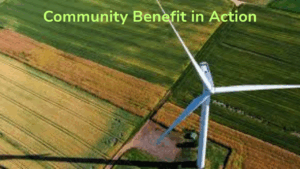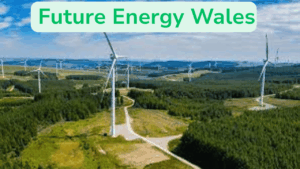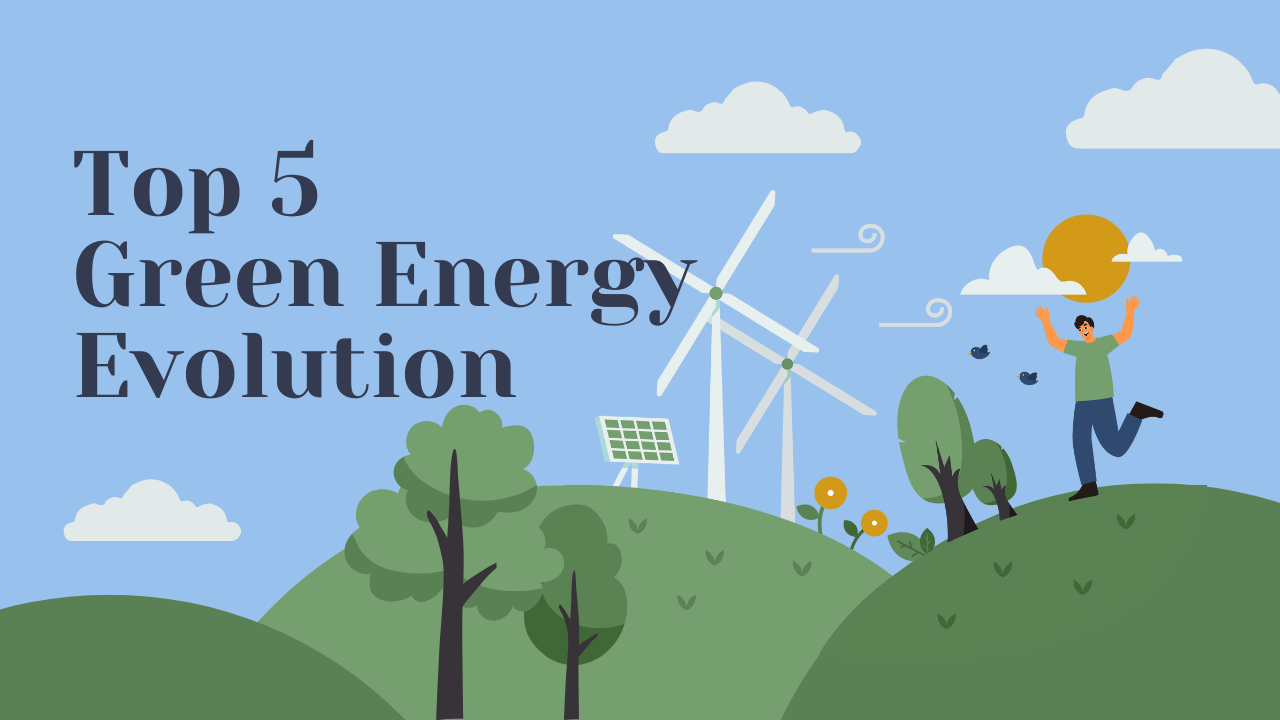In today’s world, renewable energy sources play an essential role in reducing greenhouse gas emissions. Renewable energy is generated from natural sources like wind, sunlight, and water. These resources are replenished constantly and do not rely on fuel. The main characteristics of renewable energy are that it does not run out when it is used and has a very small impact on the environment, especially in terms of greenhouse gas emissions.

Top 5 Green Energy Evolution
The renewable energy sector is undergoing a remarkable transformation to combat the impact of climate change. The renewable resources offer a viable solution to reduce carbon emissions and help promote economic expansion. The renewable energy sources help in addressing the social, economic, and environmental issues. It helps in reducing the carbon emissions that are generated by the different activities that are done in the economy, which further helps in encouraging sustainability in the economy.
“The renewable energy industry experienced an advancement in recent years due to key technologies such as solar photovoltaic (PV) systems, wind turbines, energy storage systems, and smart grid technologies,” stated StartUs insights.

1. Solar energy
Solar energy is the power that is generated through the help of the sun’s rays, which can be converted easily into electrical or thermal energy. Solar power is clean, plentiful, and a renewable resource that can be used with the solar thermal system to develop heat or solar panels, which are also known as photovoltaics (PV). Fluke is considered one of the top companies that offers measuring instruments for PV applications.
As per the IEA reports, “In 2050, geothermal, hydro, solar, wind, and biomass energy sources will account for two-thirds of the world’s energy supply. With one-fifth of the energy supplies coming from solar, it will become the biggest source.”

2. Wind energy
Wind is another well-known source of renewable energy. The aim behind using the Wind turbines is to transform the kinetic energy of the wind into electrical power, producing wind energy. The wind rotates the turbine’s blades, which in turn generate electricity. As wind energy is clean, renewable, and less dependent on fossil fuels, it helps in reducing greenhouse gas emissions from the environment. There are different ways of harnessing the power of wind from the huge wind turbines that have been designed with 3D printing technology, like the Haliade-X, to bladeless and the ones that are made from seawood or fabric, which is visible on the offshore wind farms.
3. Hydro energy
Hydro energy, also known as hydropower, is one of the well-known renewable energy sources that is generated by using the force of the flowing water. To produce hydro energy, the dams are built to spin the turbine that is linked to the generator that transfers the kinetic energy of the water into electrical energy. The retrofitting of dams and Hydro power plants is considered one of the popular methods for generating hydro energy. Ocean energy is another technology that helps in harnessing the power of the water to produce electricity. The water from the ocean is used to turn the turbine, which further helps in producing the electricity.

4. Geothermal energy
Geothermal energy is the other renewable energy source that uses heat from the earth. The energy source is used to generate power, coolness, and heat. The Geothermal power plant uses the hot water or the steam from the subterranean reservoirs to turn the turbine, which is connected to the generator, in order to generate energy. A steam turbine is considered one of the common ways of generating electricity in a geothermal power plant. The other ways to generate electricity by using geothermal energy include binary cycle power plants and dry steam power plants.
5. Bioenergy
Bioenergy is the other renewable energy source that is produced from biomass or biological materials. As bioenergy uses the regenerative or the replenishable biological materials, it is considered renewable. In the comparison of the fossil fuels, they can have a small carbon footprint on the environment, particularly if the biomass is obtained responsibly and the carbon dioxide captured by the plants throughout their growth balances out the carbon dioxide that is produced during the energy production.

The future of energy is renewable
The renewable energy sources are considered the key to building the green network energy system, which helps in enhancing energy security and offers a limitless supply of energy to meet the rising global demands. Integrating these sources into the energy grids is important for a sustainable future. While transitioning to the fully renewable energy landscape can be challenging, prioritising these renewable energy sources is making substantial progress towards a more sustainable energy future.
FAQs
What is the most efficient renewable energy?
The most efficient forms of renewable energy are solar, wind, hydroelectricity, Biomass, and geothermal.
What is the cleanest form of energy?
The cleanest energy sources are mainly dependent on the criteria; however, wind, solar, nuclear, and hydropower energy are considered the cleanest forms of energy.
What is the largest source of clean energy?
Globally, hydropower is considered the largest modern renewable source; however, solar and wind power are also growing rapidly.
What are the limitations of green energy?
The renewable energy sources, such as solar and wind, are mainly resource-constrained and are dependent on factors such as time and weather of the day, generating the power only 25% to 34% of the year.

